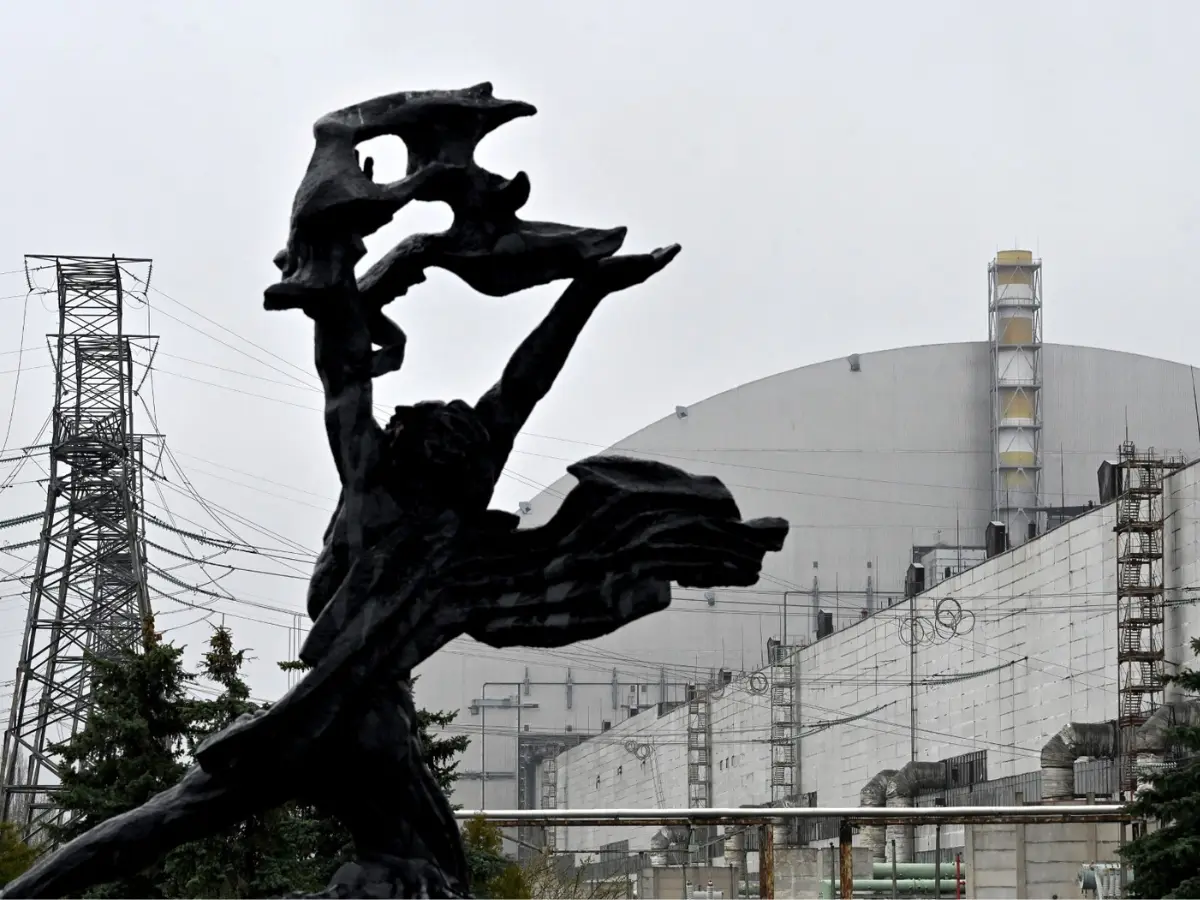The Chernobyl nuclear disaster of 1986 released high amounts of radioactive material into the environment, affecting people in Ukraine, Belarus, and Russia. Thirty plant workers died within weeks, and many more sustained radiation injuries. Everything within a 30-kilometre radius of the plant was evacuated. High radiation levels have led it to become a ghost town. No one can live there, and nothing can thrive in the radioactive environment. However, there is one thing that is thriving in Chernobyl – a black fungus. The disaster saw a runaway nuclear reaction, explosion, and fire in Reactor Number Four. Today, scientists are shocked to see something alive inside one of the most radioactive environments on Earth. Cladosporium sphaerospermum, a black fungus, has been discovered growing on the walls of reactor number 4 in Chernobyl. Called radiotrophic fungi, this was the first time it was ever seen anywhere in the world.
Organism thrives in radiation-filled environment
The radiation is not killing this fungus; instead, it is helping it thrive. This organism has adapted to its radioactive surroundings. The black fungus is absorbing deadly gamma radiation and converting it into energy in a process similar to photosynthesis. This fungus undergoes radiosynthesis, a process in which it uses radiation to grow. The fungus contains melanin, a pigment that absorbs and utilises ionising radiation to produce energy. This was first revealed in an article published in the National Library of Medicine in 2008. This has led scientists to ponder over its use to clean up radioactive sites. If found effective, it could become an integral tool in nuclear disaster recovery in future. A researcher studying the black fungus said, “It’s like nature engineered a biological radiation shield.” Also Read: Man sucked into MRI machine after entering room wearing chain, dies of injuries
Chernobyl fungus can help with space travel
This discovery has led scientists to use this fungus in situations where living organisms can be used to remove pollutants from the environment. So deploying them in high-radiation regions is one possibility where they can contain and potentially reduce radiation levels. However, another area where this black fungus can prove useful is space travel. Humans have been vying to travel in the void of space. Mars and Moon are on the list, with missions planned as early as the 2030s. However, the biggest challenge is the danger of radiation that can prove extremely harmful to the human body. C. sphaerospermum was sent to the International Space Station (ISS) to understand its potential to safeguard astronauts. Initial results show that the black fungus can prove to be a useful tool to further human space ambitions.
Scientists think it can be used to develop habitats that shield astronauts from the harsh radiation. It can even protect spaces where food can be grown for space travellers. C. sphaerospermum not only adapts and thrives in an adverse radioactive environment, but it can also withstand low temperatures, high salt concentrations and extreme acidity. This makes it a promising ingredient to whip up the perfect recipe for space travel.
